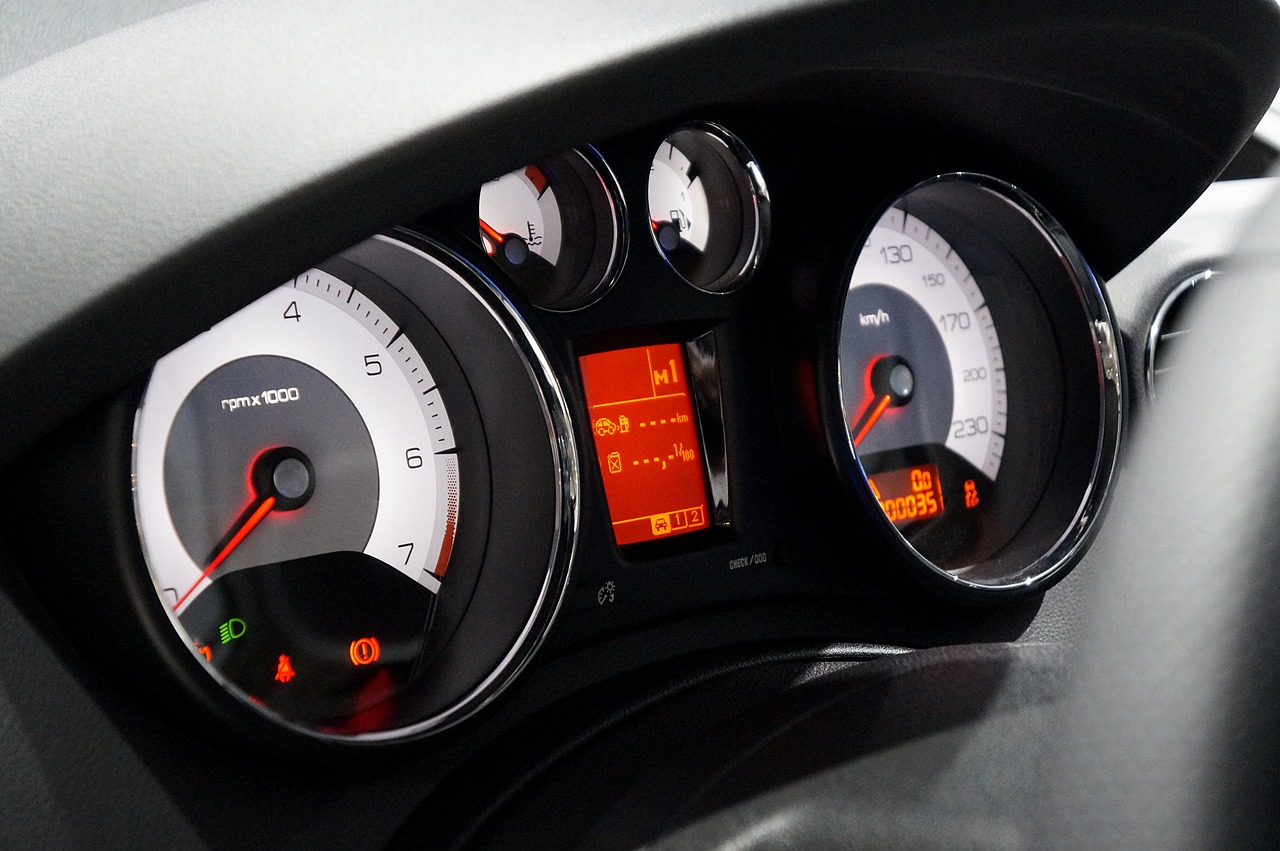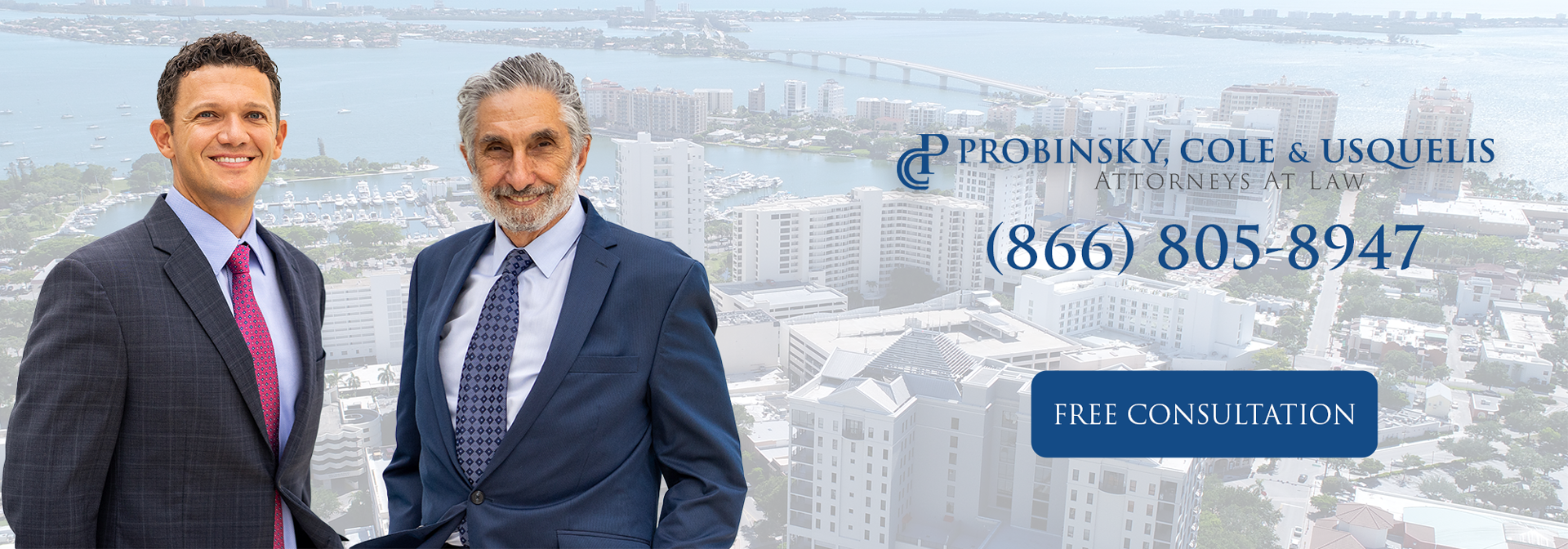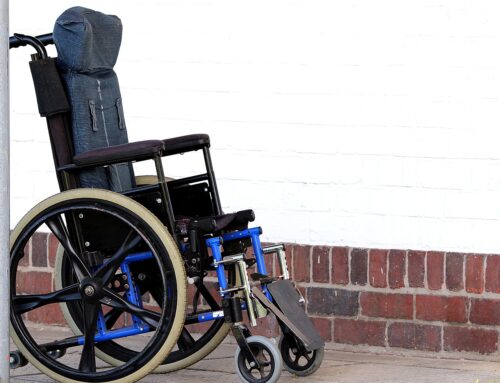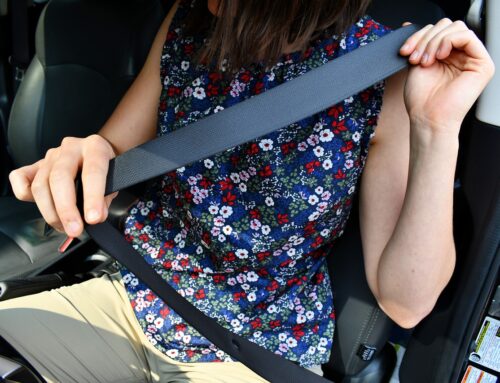Florida requires all drivers to carry vehicle insurance, and an accident that isn’t your fault shouldn’t burden your life. Traditionally, you can receive relief through insurance and go after negligent drivers if they injure you on the road, but what happens if blame is shifted onto the vehicle itself? Most self-driving cars are still a novelty and are not as autonomous as you may think, but negligent drivers may still try to pass the buck to limit their liability after an accident.
Complications of Liability in Autonomous Vehicle Accidents
Like in many other states, the rules surrounding car accidents have been more or less straightforward in Florida. When someone is at fault – due to negligence or reckless behavior – they’re responsible for the consequences. Basically, if you cause harm, you are liable to compensate those affected. Injured drivers can negotiate with insurance companies or take a case to court to receive what they are owed.
Autonomous vehicles have been promising increased safety by reducing human error, but this innovation brings with it a host of legal problems to consider. Traditional fault-based liability models may struggle to accommodate scenarios with minimal or non-existent direct human control.
Consider a hypothetical situation: a self-driving vehicle, operating under its software’s guidance, misinterprets a stop signal due to a glitch and collides with your vehicle. Unlike conventional accidents, determining fault here isn’t straightforward. Is the driver, who was perhaps in the car but not in control, to blame? Or does liability lie with the manufacturer or software developer for the malfunction? When you are injured, you need help now, but these questions risk bringing the process to a halt. The answer may lie in the car’s autonomous driving level and how ‘hands-free’ the manufacturer claims their vehicle is.
Different Levels of Self-Driving Cars
There are different classifications that determine how autonomous a car is when driving, ranging from 0 to 5.
Levels 0-2 still require significant driver engagement. Level 0 vehicles have no built-in automation. The driver controls everything – a traditional vehicle.
Level 1 includes basic driver assistance, like cruise control or lane-keeping assistance, but the driver must remain fully engaged.
Level 2 offers more advanced features, such as automatic braking and acceleration, but the driver must continually monitor the environment. These levels don’t alter liability determinations much, as drivers are still responsible for most major vehicle actions.
At Level 3, vehicles can make some decisions, like overtaking slower cars, but the driver must be ready to take over when the system requests. This introduces shared liability scenarios, where both the driver’s and the manufacturer’s actions might be scrutinized in the event of an accident.
At Level 4, vehicles can operate independently in specific conditions, and at Level 5, no human intervention is required at any time.
There are no Level 5 cars on the road today, but some drivers act like them and put others at risk. In all self-driving cars on Florida roads, drivers must pay attention to prevent accidents and limit injuries to others. Driving on public roads brings with it an implied duty of care to those around you.
As an injured driver, the last thing you want to think about is the minutiae of negotiations with insurance companies or personal injury lawsuits – you just need help to get your life back on track. Regardless of whether liability lies with the driver or with a car’s manufacturer, Probinsky & Cole can help. Contact us today if you were injured by an autonomous vehicle crash in Florida.







